Baroque-Classicist Manor House
The late-baroque and, later on, classicist manor house was ordered to be built by Count Imre Csáky in 1786. This two-storey site was built 100 years ago on the ruins of the Parič Castle. Currently, there is the Museum of National History and Geography (Vlastivedné múzeum) there.

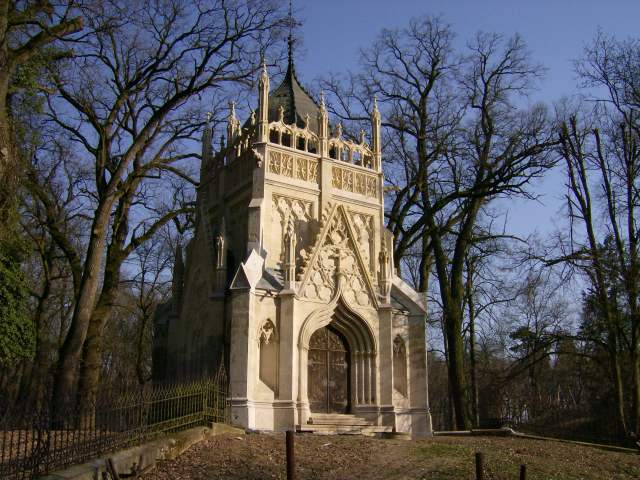
Mausoleum of Count Julius Andrassy
It is one of the most valuable protected cultural monuments in Trebišov. It was built in 1893 in Neo-Gothic style as designed by the German architect Arthur Meining. In 1894, the Count Gyula Andrássy was buried there.
Marian Statuary
The Marian Statuary in Trebišov is the work of an unknown stone sculptor and dates back to the period around 1800. As regards its style, it can be placed in the group of work pieces of the late Rococo with certain Classicist features.


Town Park
The historic park in Trebišov is one of the most significant pieces of evidence of the social and cultural atmosphere of past centuries. At the same time, it demonstrates the ethical relationship between the past, present and future generations.
Lowland Water Castle Parič
The first stage of the early-gothic lowland water castle construction (probably a residential tower with a fortress) may be dated back to the 12th or 13th century as suggested by the result of archaeological survey activities.
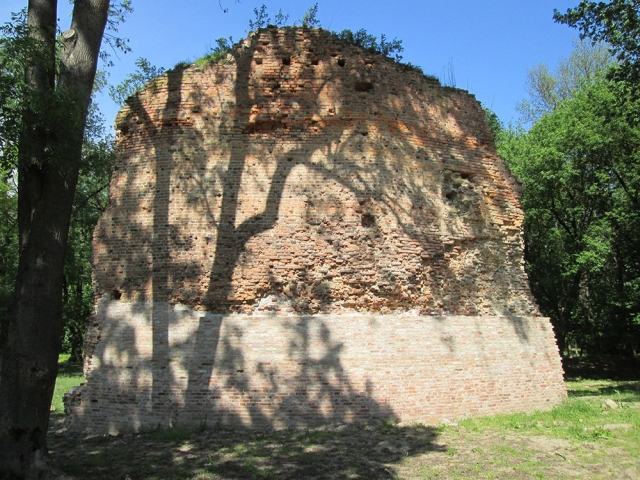
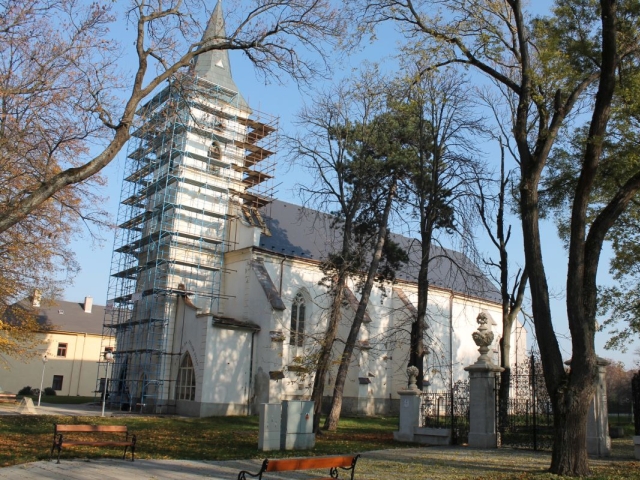
Roman Catholic Church of Visitation of the Virgin Mary
The original church dates back to the period before 1404. Despite the fact that the current Roman Catholic church has been partially influenced by later artistic and philosophical trends, it belongs to the group of magnificent Gothic monuments.
Pavlín Monastery
When, based on the example of the Saint Paul the First Hermit, the canon of the Esztergom Canonry Eusebius brought hermits living secluded lives together he did not know he had formed the basis for the only originally Hungarian order of monks called Paulines.
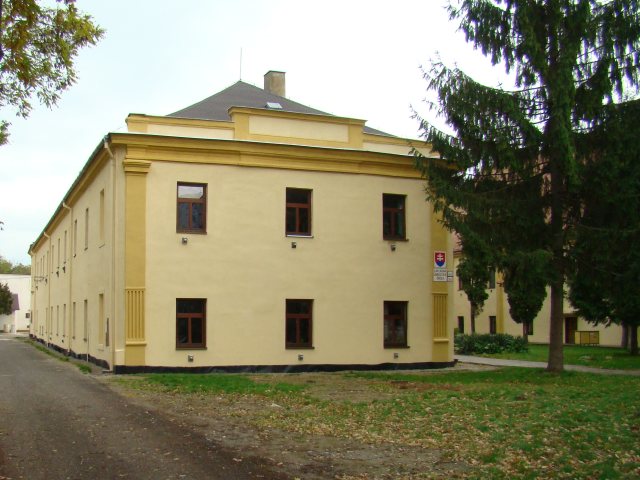
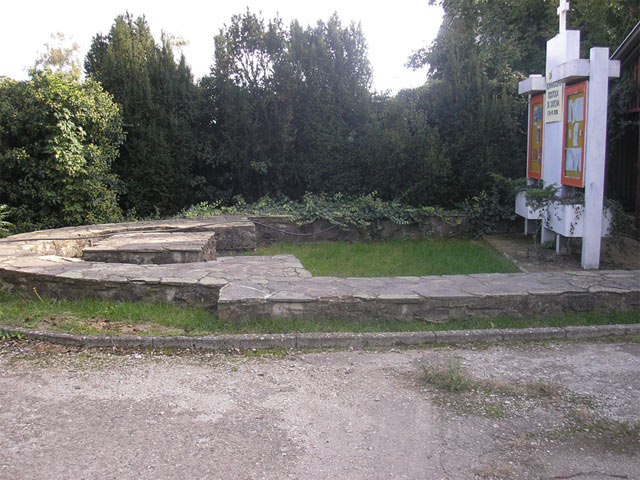
Roman Church of Holy Spirit
One of the oldest sacral monuments of Trebišov is the Roman Church of the Holy Spirit, the foundations of which, a graveyard included, were discovered by chance on the premises of the Station of Young Naturalists in Trebišov. Its existence has been confirmed in the 1332-1337 Pope’s records of contributions.
-
Thanks to is diversity and variety of forms, the Zemplin Region ranks among the most beautiful territories of the eastern part of Slovakia. Historic Sites
Historic Sites -
The Tokaj Wine Region is one of the most important regions, not only in the Southern Zemplín. Tokaj Wine Region
Tokaj Wine Region -
The southern part of Zemplín is the area of extensive lowlands with many water bodies (Zemplínska šírava, Domaša…).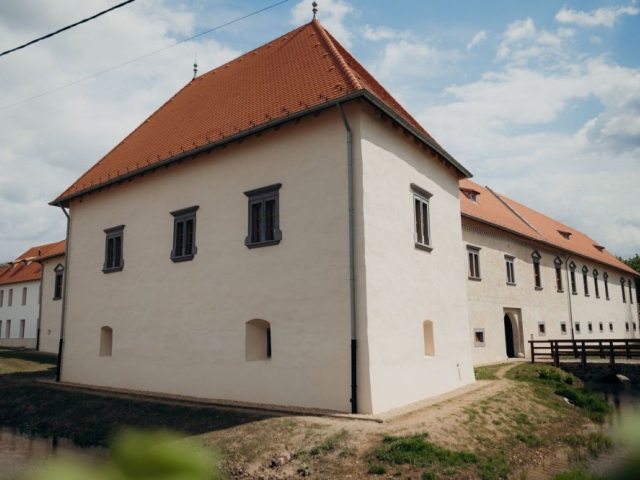 Trips and Hiking
Trips and Hiking


